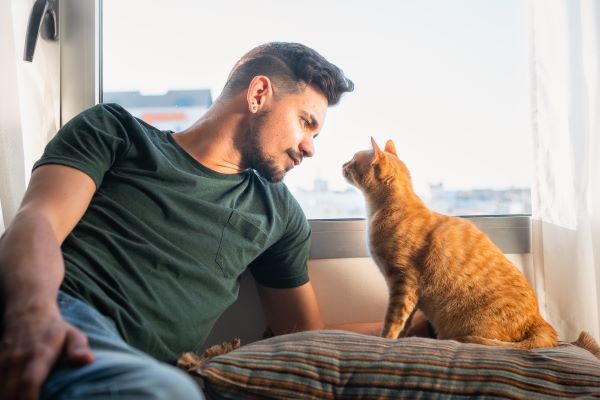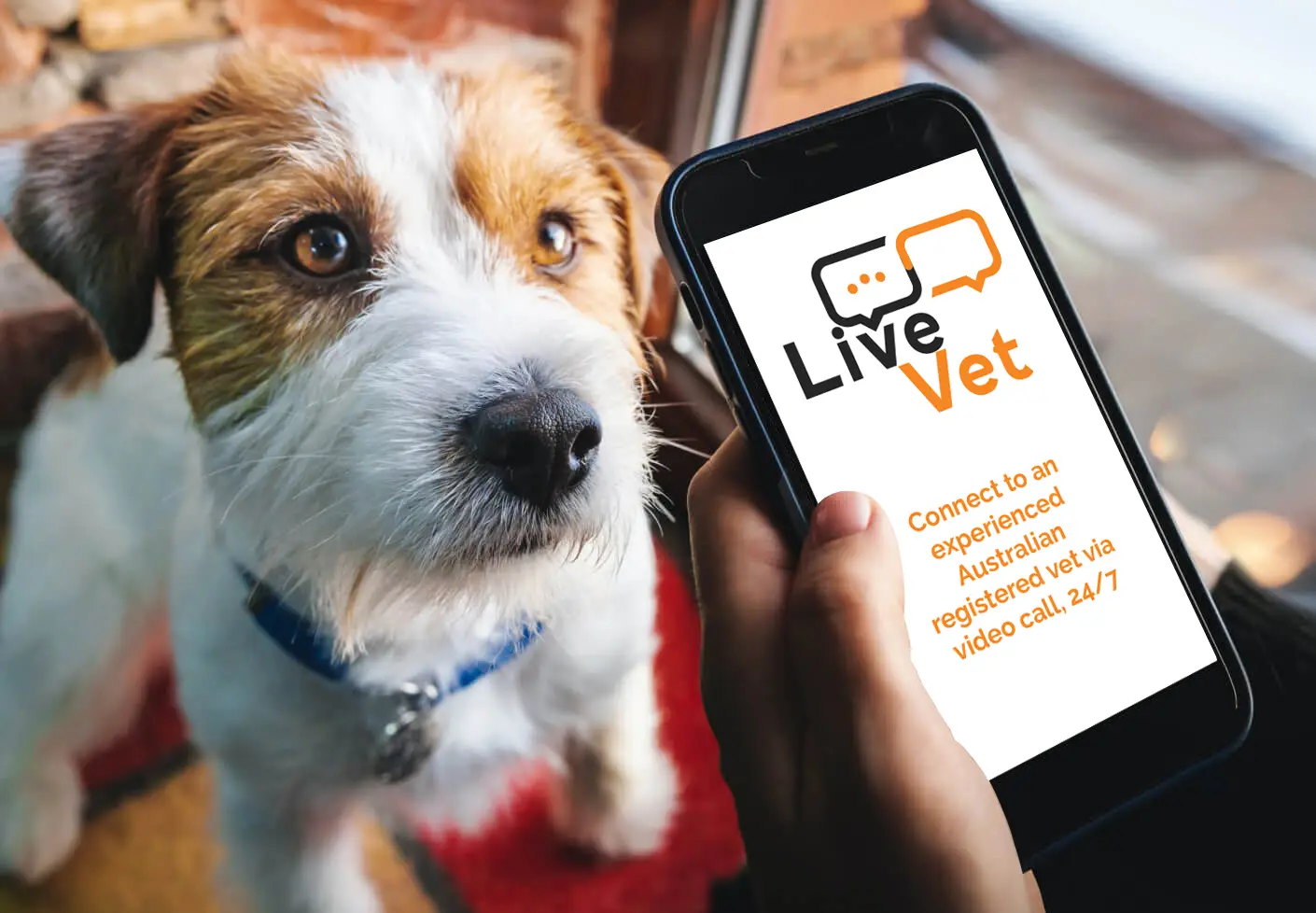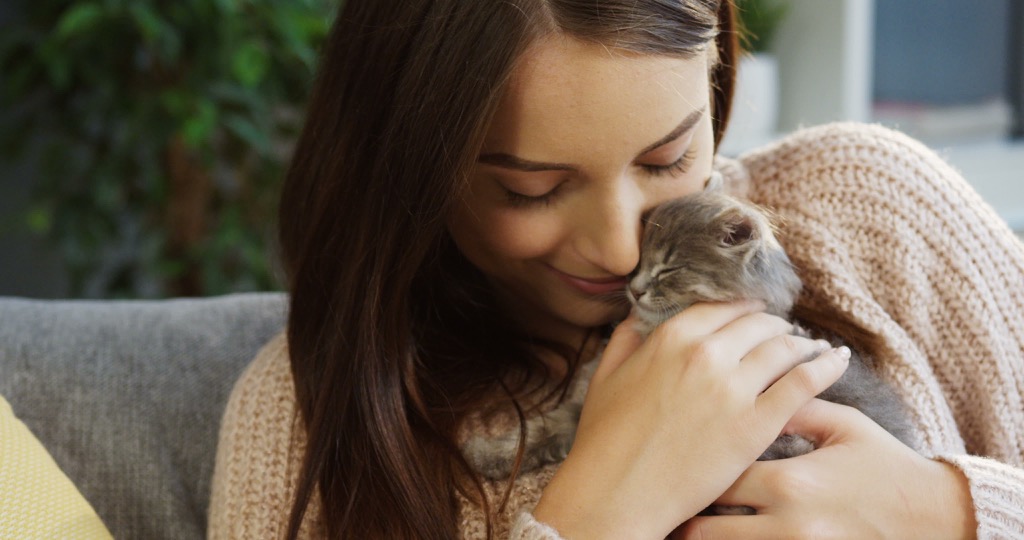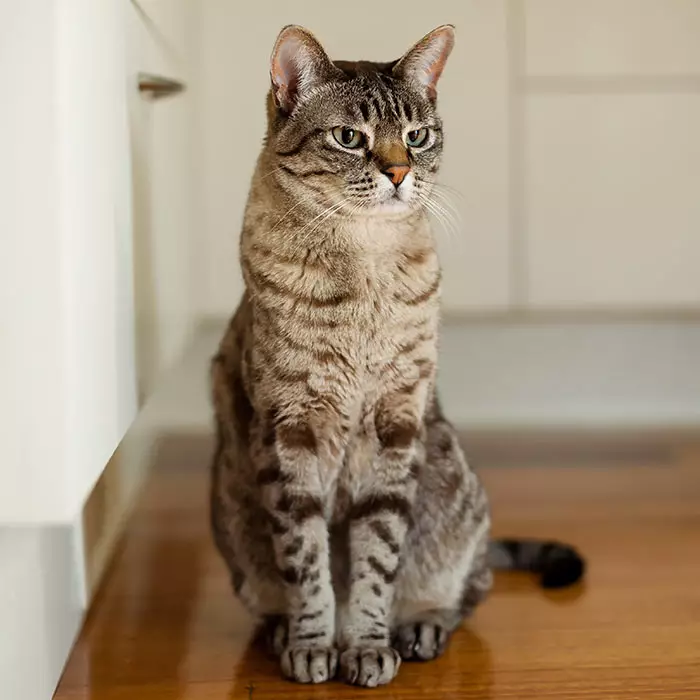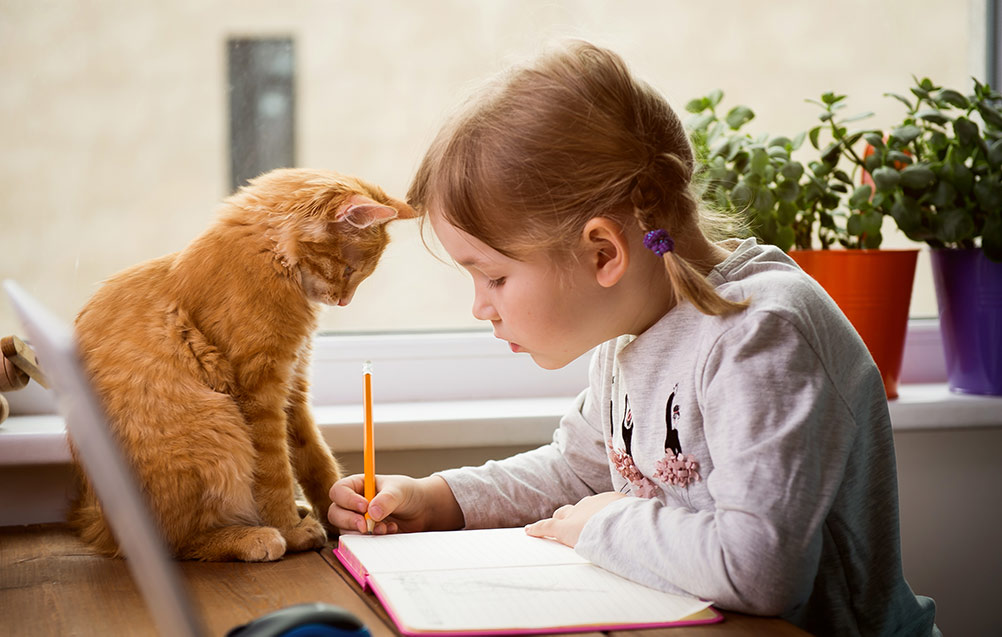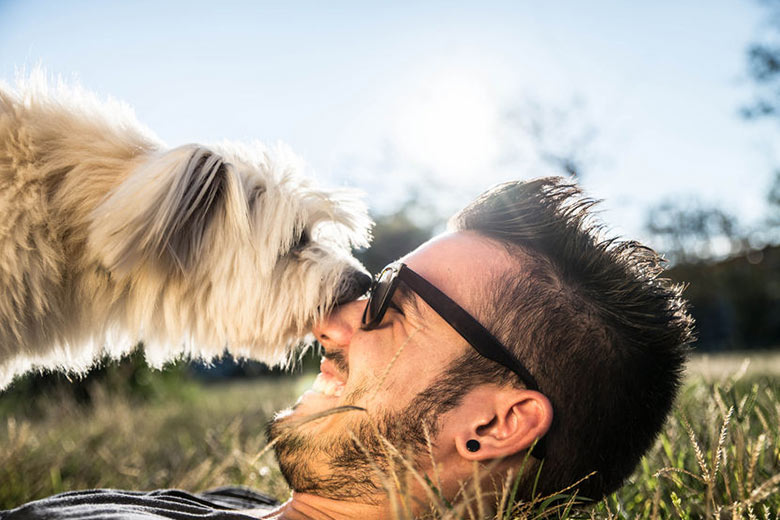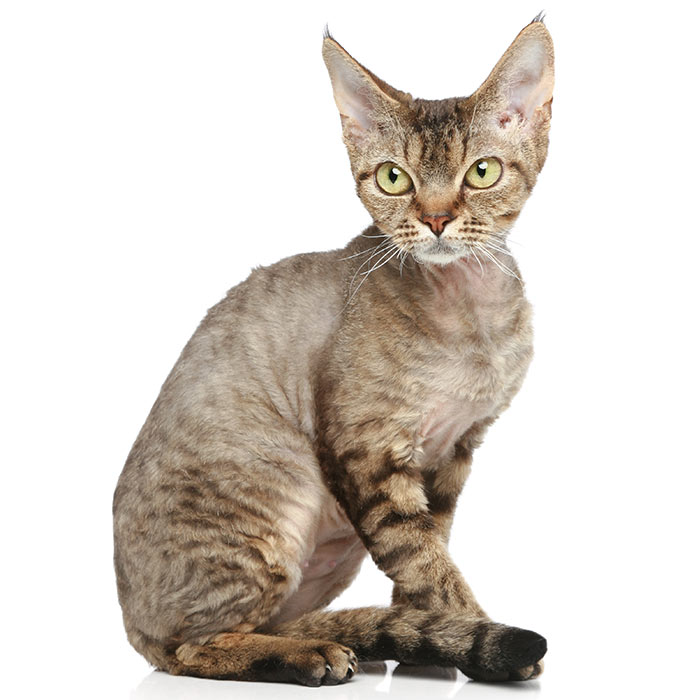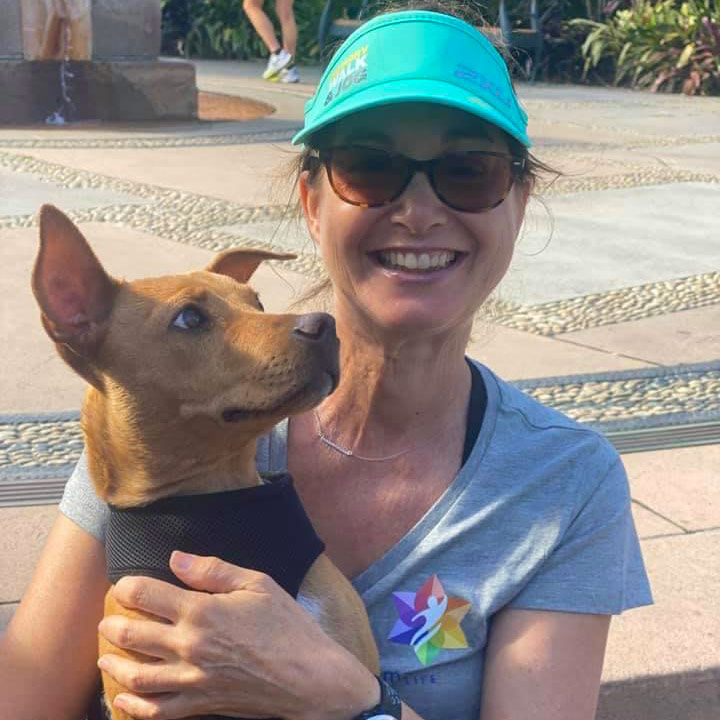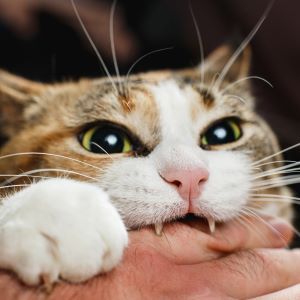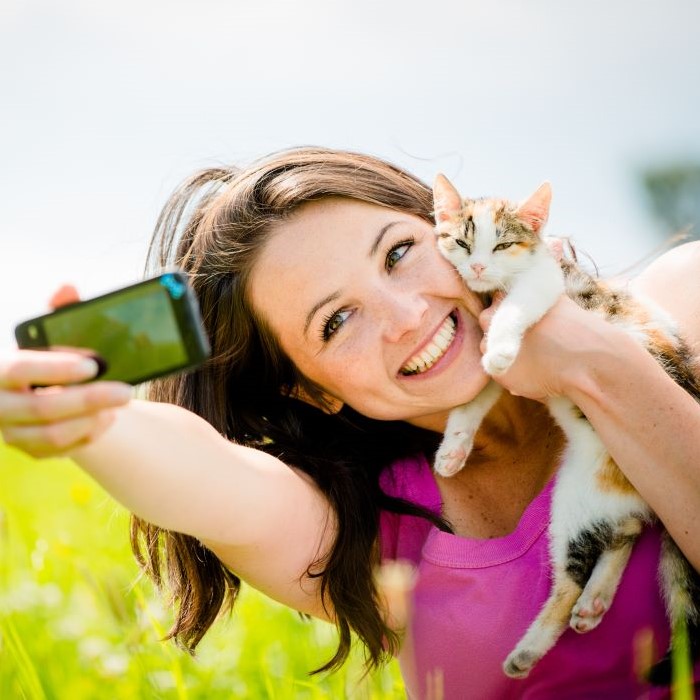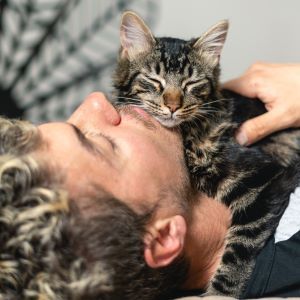Why does my cat stare at me? Understanding feline behaviour
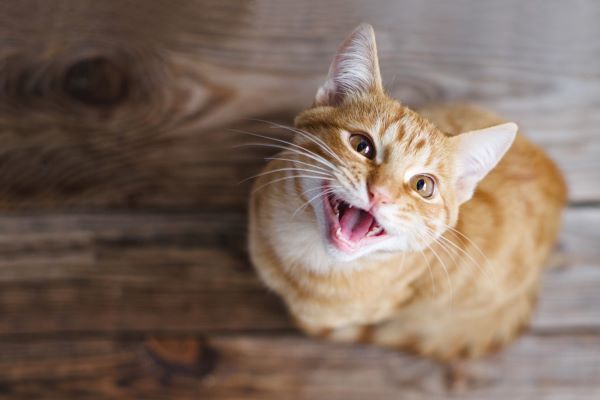
Cats are intelligent, independent, observant, and often inscrutable creatures. They may surprise and delight us with affection, then totally ignore us when we try to reciprocate. They may be vocal and chatty one minute, and give us the silent treatment the next.
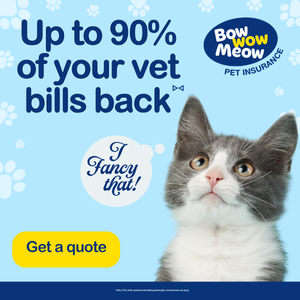 One perplexing behaviour many cat owners notice is their cat staring at them. Sometimes the staring is intense, sometimes it’s sweet and soft. If you’ve ever wondered “Why is my cat staring at me?” you may be in for some surprises.
One perplexing behaviour many cat owners notice is their cat staring at them. Sometimes the staring is intense, sometimes it’s sweet and soft. If you’ve ever wondered “Why is my cat staring at me?” you may be in for some surprises.
In this article, we’ll explore the reasons behind this common feline behaviour and how to interpret what your kitty might be trying to tell you when they stare into your eyes.
Understanding feline staring
Cats stare at their humans for a variety of reasons, including curiosity, attention-seeking, affection or even aggression. Sometimes, they might be observing your actions, assessing a situation, or simply enjoying your presence.
1. Curiosity
Cats are naturally curious and may stare to see what you’re doing, or they may be attempting to understand your actions, or they’re fascinated by your movements.
A curious stare is usually accompanied by relaxed body language, with ears forward and a relaxed tail.
2. Attention‑seeking
Cats may stare intently to get your attention, especially if they want food, play, or simply some affection.
A stare combined with meowing or other vocalizations, slow blinking or playful behaviour, suggests they want interaction.
3. Affection and bonding (“kitty kisses”)
A slow blink or half-lidded gaze is a cat’s version of a “kitty kiss,” signals comfort, trust, and love. You can return the gesture with a slow blink of your own.
Gazing at you with half-closed eyelids shows they feel comfortable and relaxed around you.
4. Communication of needs or mood
From hunger to boredom to wanting playtime, staring can be your cat’s nonverbal way of expressing a need or emotion, which can be positive or negative.
A tense, fixed stare with flattened ears, a swishing tail, and possibly hissing, is a sign of aggression or a warning.
5. Focus and observation
Cats are natural predators with keen senses. They may stare at seemingly empty spaces, walls, or at you, because they sense movement, shadows, or sounds too subtle for humans.
A crouched stance with a fixed stare, accompanied by playful pouncing motions, could indicate a cat is in hunting mode.
6. Learned behaviour
Cats often learn that staring produces results, whether it’s food, playtime or attention. If you’re consistently rewarding their staring, they will keep on doing it (this is known as “operant conditioning”).
Based on past experiences, your cat has learned that staring intently at you while you’re eating your meal is likely to result in a tasty morsel for them!
7. Health or cognitive issue (especially in older cats)
Prolonged staring at walls or empty spaces, especially accompanied by disorientation, can be a sign of feline cognitive dysfunction or hyperesthesia syndrome.
8. Individual personality variations
Just like humans, cats vary widely in personality and stare often reflects that. While some cats stare frequently out of inquisitiveness or affection, others may do so more sparingly, or stiffly, signaling discomfort.
Interpreting your cat’s stares
Understanding the type of stare your cat is giving you can help you respond appropriately. Not all stares mean the same thing—some are sweet and affectionate, while others may signal discomfort or even potential behavioural concerns.
1. The soft, slow-blinking gaze
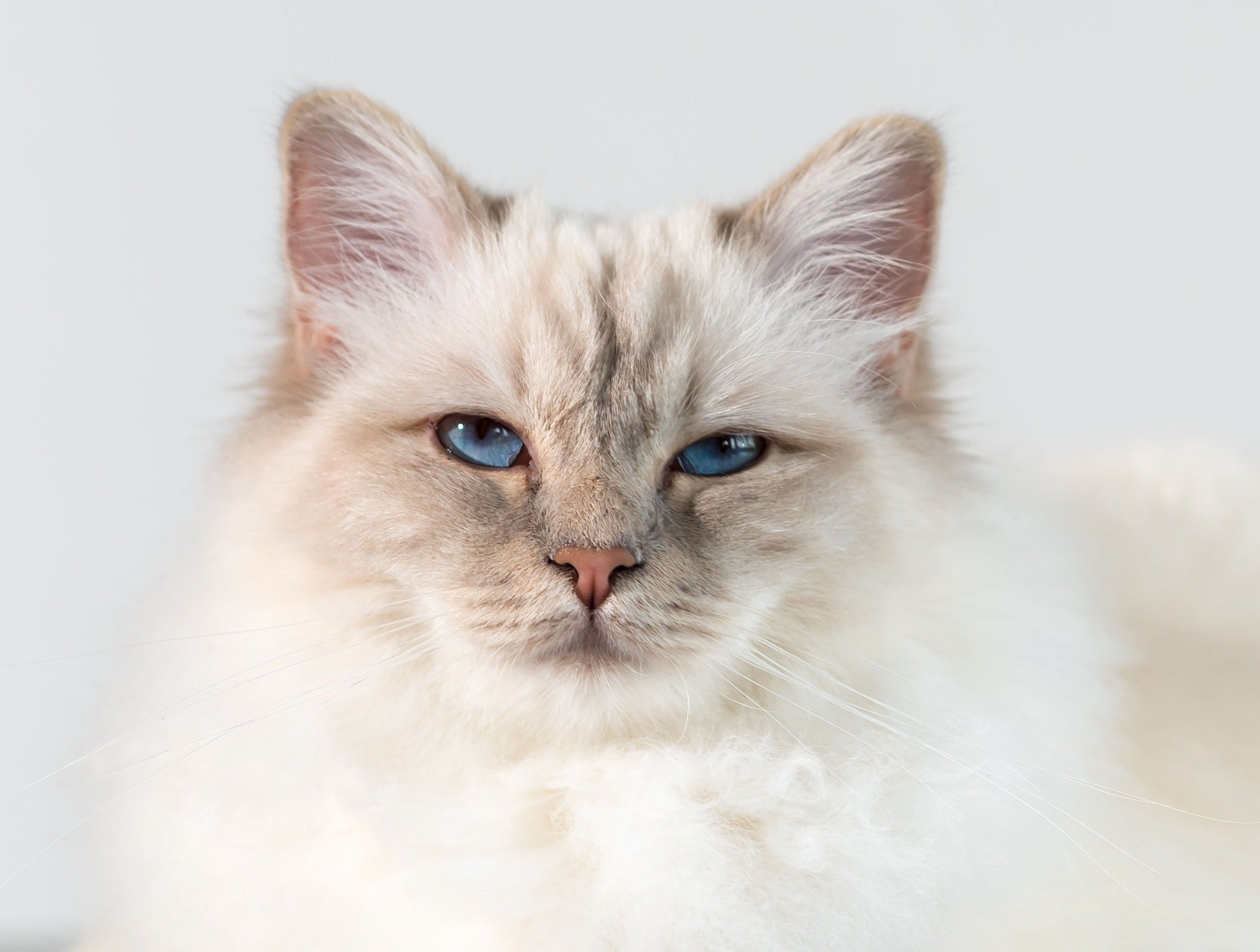
-
What it looks like: Your cat’s eyes are half-closed or relaxed, and they slowly blink at you.
-
Meaning: This indicates affection and trust; it’s the feline equivalent of a warm smile or a hug. Slow blinking shows your cat feels safe, content, and bonded with you.
-
What to do: Return the slow blink as this can strengthen your bond. Many cats respond by relaxing even more or approaching for a cuddle.
2. The steady, intense stare

-
What it looks like: Your cat’s eyes are wide open, pupils slightly dilated, fixed on you or something nearby.
-
Meaning: Cats often give this stare when they’re anticipating something, like a toy about to move, a sound that caught their attention, or you heading towards the food bowl. It may reflect focus, curiosity, or even hunger.
-
What to do: Check the context—if it’s near mealtime, they may be hungry; if they’re crouched low with their tail twitching, it may be hunting play mode.
3. The unblinking, rigid stare

-
What it looks like: Eyes are wide and fixed, body tense, whiskers forward or pulled back, ears possibly flattened.
-
Meaning: This is not a relaxed stare. It could signal stress, threat, or subtle aggression if paired with tense body language, and can be a warning that your cat feels threatened or is assessing a perceived danger. In multi-cat households, one cat may use this stare to assert dominance over another.
-
What to do: Avoid staring back, as cats can see that as a challenge. Give them space, reduce possible stressors, and watch for other signs like tail flicking or growling.
Body language cues accompanying the stare
If accompanied by playful body language, staring could be a sign they want to play. A slow blink might indicate affection. However, if the stare is intense and accompanied by other signs of aggression, it could be a warning.
Look for accompanying signals such as:
-
Relaxed posture and slow blink: Indicate comfort and connection.
-
Dilated pupils, stiff body, pinned-back ears: Generally a sign of possible fear or aggression.
-
Ears forward, tail relaxed: Suggest engagement, curiosity and interest.
Context is key
 Cats may stare at their owners in different situations, such as while they are eating, when they’re moving around or relaxing on the couch. By understanding the context of the stare, you can better interpret your cat’s intentions and respond appropriately.
Cats may stare at their owners in different situations, such as while they are eating, when they’re moving around or relaxing on the couch. By understanding the context of the stare, you can better interpret your cat’s intentions and respond appropriately.
Consider what’s happening in the moment. Is it near meal time? Are they near a window tracking movement? Did you just come home or are you settling in for a quiet moment? Considering the situation helps decipher the meaning behind the stare.
Addressing staring behaviour
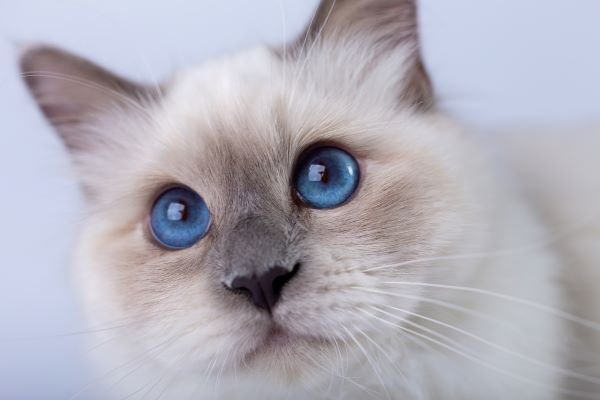
When your cat stares at you, the best response depends on the context and accompanying body language.
Encourage positive interactions
- If your cat’s gaze is soft or slow-blinking, indicating affection or curiosity, return the slow blink, talk to them in a calm, friendly voice, or give a gentle head scratch.
- If their eyes are wide and alert, they might be waiting for food, play, or interaction. Check the time (is it close to mealtime?) or offer a toy to satisfy their hunting instincts.
Redirect less desired behaviour
- If staring becomes demanding (e.g., at the dinner table), try redirecting with play, a treat puzzle, or an enriching toy.
- If starting is rigid and unblinking, this can be a sign of discomfort, dominance, or stress. Avoid direct prolonged eye contact, which cats may interpret as a challenge. Instead, break the tension by slowly looking away, creating space, and removing potential stress triggers—such as loud noises, an unfamiliar animal, or overhandling.
Check with a vet or behaviourist
- If staring is sudden, persistent, or paired with disorientation or anxiety, it’s important to consult your vet to rule out medical concerns.
- A sudden change in staring habits—especially if paired with other symptoms like reduced appetite, hiding, or unusual vocalisations—may warrant a veterinary check-up to rule out underlying health issues such as vision problems, pain, or neurological concerns.
Unsure how serious it is?
Bow Wow Meow policyholders can get access to trusted vet care anytime, anywhere, at no additional cost. Connect to an experienced Australian registered vet via video call, 24/7. Whether it’s providing vet advice, setting up at-home treatment plans, or confirming if you need to visit a vet in person, you can get help when you need it.
Find out more about our pet insurance cover options.
Strengthening the bond
Gentle, non-threatening eye contact can be a powerful way to deepen your relationship with your cat, when it’s done on their terms. Cats are naturally cautious about direct stares, so focus on soft, slow-blinking exchanges rather than fixed gazes. This feline “I love you” signal communicates trust and safety, and when you mirror it back, your cat may feel even more loved and secure in your presence.

Bonding can also be reinforced through positive interactions paired with eye contact:
-
Interactive play: Use toys that mimic prey movements—like feather wands or string toys—while maintaining brief, friendly glances. This reinforces that looking at you leads to fun and rewarding experiences.
-
Treat training sessions: Train your cat to understand simple commands like “sit” or “high-five.” Reward them when they look at you, to help them associate your gaze with good things.
-
Quiet time together: Sit in the same space without forcing interaction. Allow them to approach you, and when they do, offer a gentle blink and a calm voice.
-
Eye-contact games: Slowly blink at your cat from across the room, then look away. If they blink back or soften their gaze, you’ve initiated a connection that will boost affection and trust. Over time, these interactions will help your cat understand that looking at you, whether across the room or up close, means safety, kindness, and a positive connection.
In summary…
Cat staring can have a range of different meanings, from curiosity and affection to seeking communication or signaling stress. By learning to read the cues and context, you can understand your feline companion better and deepen your bond.
So, the next time you catch your cat staring at you, pause and consider what they might be telling you, and use the opportunity to connect, communicate and respond appropriately.
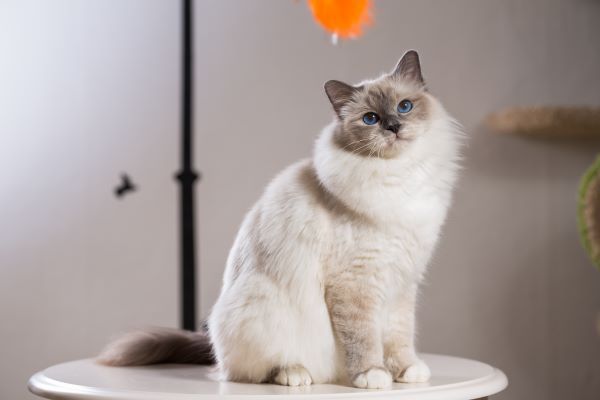
FAQ
Why does my cat stare at me?
It could be curiosity, love, communication of a need, or simply content attention.
Is it normal for my cat to stare at walls?
Usually yes—cats have strong senses—but if it becomes obsessive or disoriented, consider veterinary advice.
What if my cat gives me a hard stare?
Observe body language. A hard unblinking stare may indicate stress or dominance—give them space and response cautiously.
Could staring be a sign of illness?
Yes—especially in older cats, it may signal cognitive dysfunction or neurological issues.
Can staring mean anxiety in cats?
Definitely. Anxious cats may stare to monitor perceived threats, needing reassurance and perhaps calm environmental changes.
Bow Wow Meow Pet Insurance can help protect you and your cat should an unexpected trip to the vet occur.
-
Find out more about our cat insurance options
-
Get an online pet insurance quote
Bow Wow Meow is proud to have been awarded winner of Canstar’s ‘Most Satisfied Customers’ Award in the Pet Insurance category for both 2024 and 2025!
Bow Wow Meow is proud to have been chosen as Product Review’s Pet Insurance Award Winner every year from 2018 to 2025! This is based on 2,995 independent customer reviews (as at 21/01/2025), with an overall rating of 4.3*
Google Review rating = 4.5* (based on 968 reviews)
Trust Pilot rating = 4.6* (based on 531 reviews)
Bow Wow Meow is proud to have been chosen as Product Review’s Pet Insurance Award Winner every year from 2018 to 2025! This is based on 2,995 independent customer reviews (as at 21/01/2025), with an overall rating of 4.3*
Google Review rating = 4.5* (based on 968 reviews)
Trust Pilot rating = 4.6* (based on 531 reviews)
Bow Wow Meow has been chosen as a winner in the Finder Pet Insurance Awards 2024. Finder’s panel of experts analysed over 140 quotes to award our Ultimate Care Plan the winner of the “Pet Insurance – Value” category.

